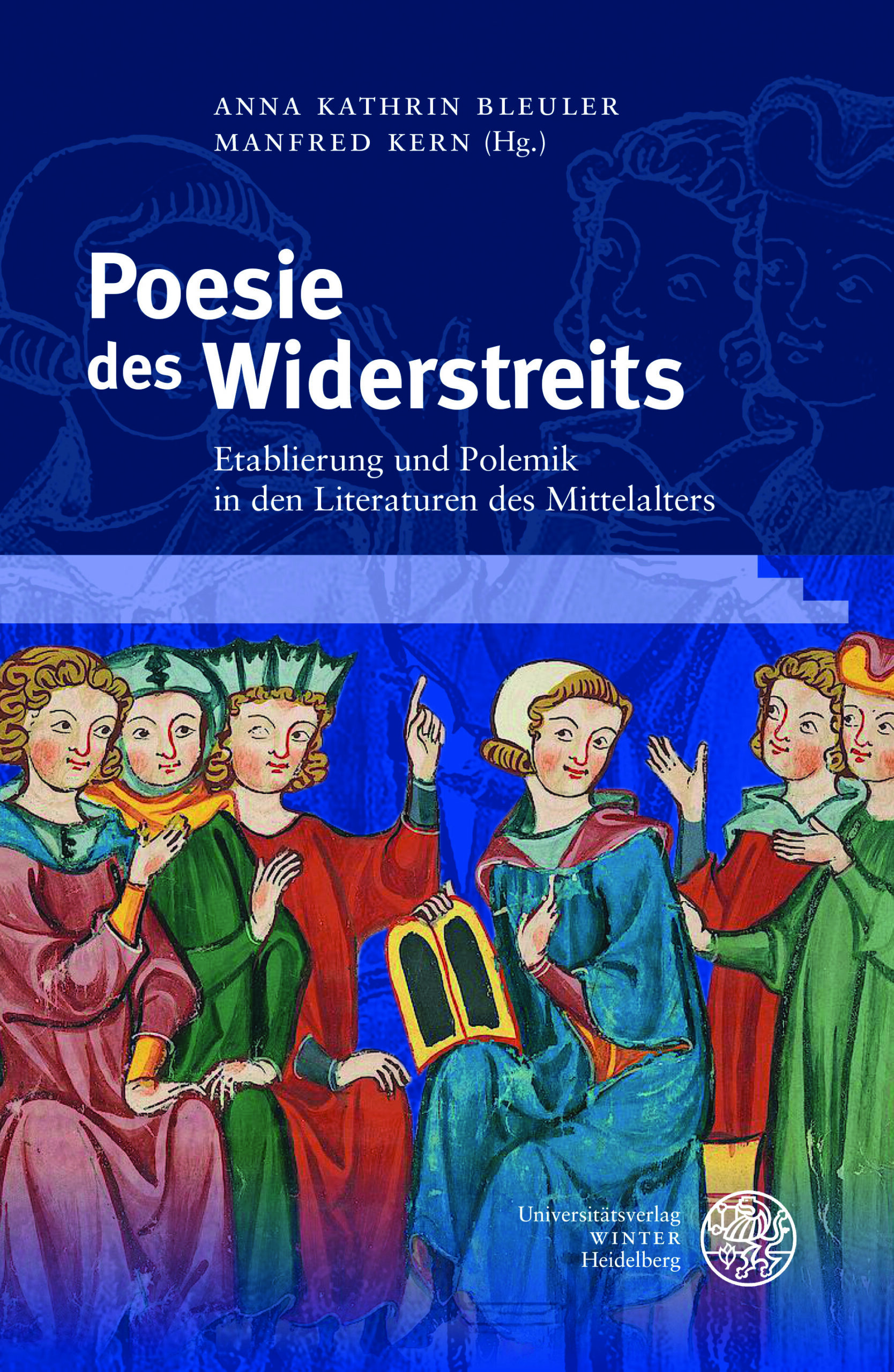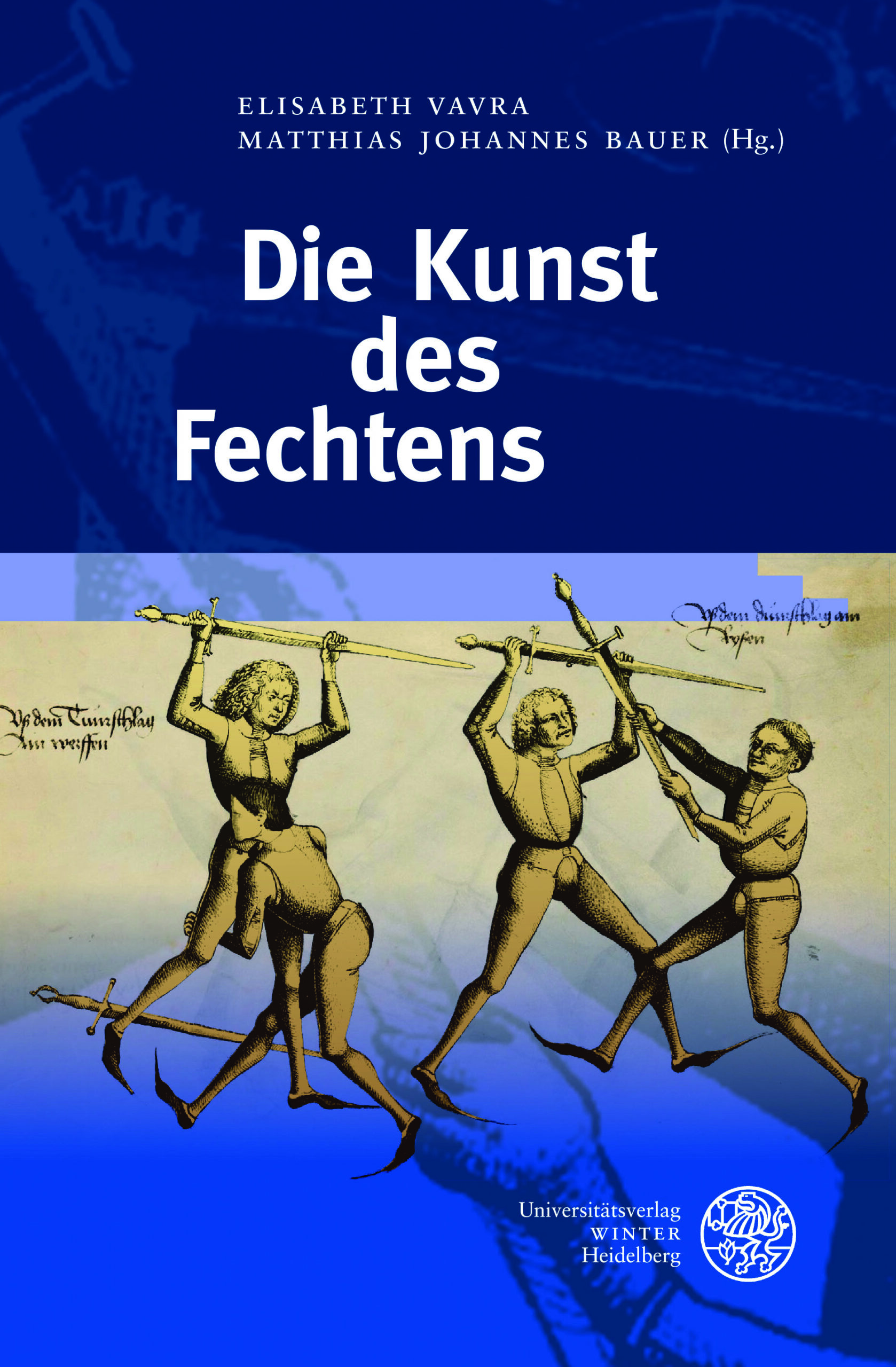In recent decades, inter- and transdisciplinary approaches have become highly important in the scientific development of the Middle Ages and the Early Modern Times and have fertilized research work in the individual disciplines. The new series aims to further promote this trend. Thematically, methodically and theoretically, she pursues a cultural-scientific and cultural-historical profile. The already programmed volumes show accentuations in the field of cultural materiality and mediality as well as comparative literature and art studies, but also consciously include linguistic, archaeological and medical-historical approaches. The aim is to appeal to the scientific public and students, but also to an interested public. The series therefore also offers a space for volumes that seek to convey topics of mediaevistic and early modern research in a systematizing and more widely-effective way. It is also open to relevant monographs, qualifications, conference and anthologies which have not been produced within the framework of the research work carried out by the issuing institutions.
The editors are the Interdisciplinary Center for Medieval and Early Modern studies of the University of Salzburg and the Institute for Realestate studies of the Middle Ages and early modern times of the University of Salzburg in Krems.
The series is published by the university publisher WINTER Heidelberg.





 The contributions collected in this volume are largely based on the lectures given at the conference of the same name, which was organized by the Institute for Medieval and Early Modern Realia Studies in Krems in 2011. The aim of the conference was to question the thesis of the “Christian Middle Ages”, which has since become an axiom, in the sense of the transcendental penetration of all areas of life.
The contributions collected in this volume are largely based on the lectures given at the conference of the same name, which was organized by the Institute for Medieval and Early Modern Realia Studies in Krems in 2011. The aim of the conference was to question the thesis of the “Christian Middle Ages”, which has since become an axiom, in the sense of the transcendental penetration of all areas of life. The term ‘cultures of the book’ refers to the diverse manifestations, usage situations and symbolizations that shaped the use of books in the pre-modern period. The focus is less on the individual, magnificent artifact than on its ‘place in life’, its relationship to other forms of transmission and its role in religious, social and intellectual culture.
The term ‘cultures of the book’ refers to the diverse manifestations, usage situations and symbolizations that shaped the use of books in the pre-modern period. The focus is less on the individual, magnificent artifact than on its ‘place in life’, its relationship to other forms of transmission and its role in religious, social and intellectual culture.





